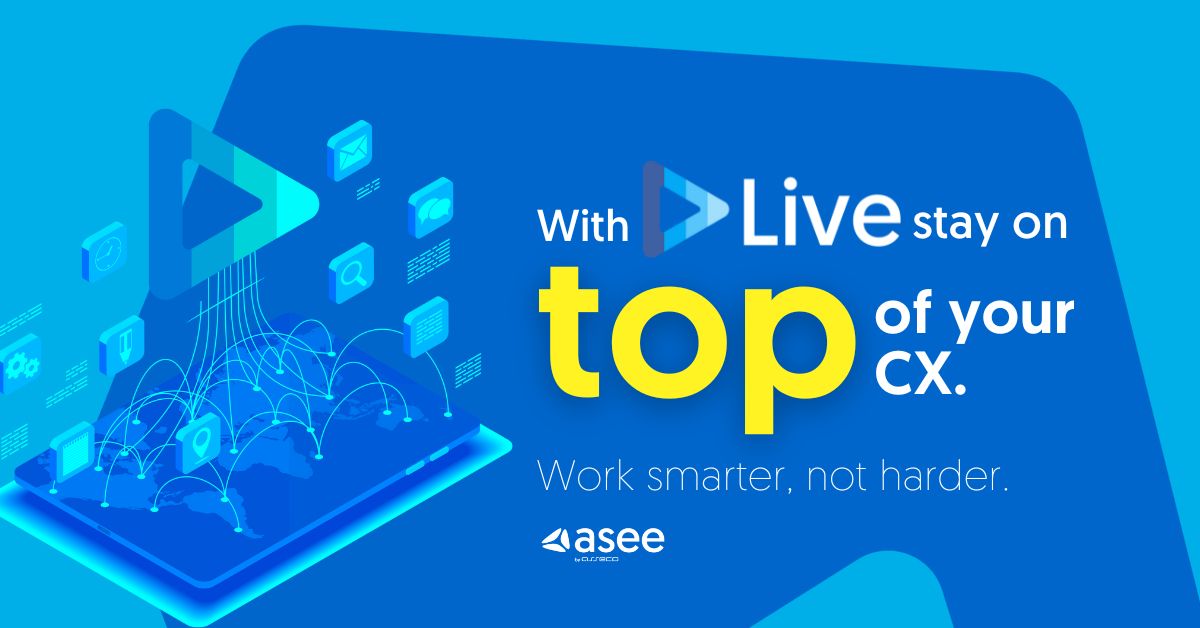
In the rapidly evolving digital world, customer experience (CX) stands as a crucial frontier. Companies are investing heavily in voicebots, chatbots, automation, and predictive analytics, all in a bid to impress their clients and maintain a competitive edge.
However, there is an often-overlooked truth - without a robust foundation in your customer engagement system, no amount of flashy features will create lasting change.
Beneath every fluid chatbot interaction or AI-driven assistant lies a framework that manages routing, logging, escalation, and the overall operational flow. If that groundwork is unstable, the entire experience - even if it appears sophisticated - can begin to unravel.
Digital transformation may sound impressive on paper, but in practice, CX leaders face much more practical obstacles:
These challenges are not merely theoretical. They represent everyday hurdles—and consistently addressing them demands more than just new technologies. It calls for a strategically designed, intelligent, and resilient CX framework.

It can be appealing to add new tools—assistants here, sentiment evaluation there—especially when faced with pressure to “innovate”. Yet, when the underlying platform is outdated, fragmented, or overly complicated, the results include:
In essence: the base cannot support the façade.
Think of the core of a customer engagement platform as the engine room of a ship. It’s not what passengers—or in this case, customers—see when they interact with your brand. They experience the polished interface, the smooth conversations, the quick responses. But behind all that is a powerful system working nonstop to keep everything running.
Just like a vessel can’t navigate without a functioning engine room, your CX operation can’t deliver consistent, high-quality service without a strong core. It handles the routing, the prioritization, the case management, the data flow—quietly, reliably, and in real time. Without it, everything above deck starts to falter.
Strong core functionality including:
While this aspect of CX may not be glamorous, it is what propels the entire system forward.
There is no denying that the integration of voicebots and chatbots is reshaping customer service. When implemented effectively, these bots can minimize wait times, address standard inquiries, and provide round-the-clock availability.
But the critical point is this - bots must be integrated into the core—not merely existing alongside it. They should have access to the same customer data as live agents, ensuring a consistent and informed experience across both human and automated interactions. They must activate the same workflows and escalation processes.
Their interactions require tracking and analysis similar to any others. Supervisors need to be able to oversee bot performance in the same way as agent KPIs.
If a bot cannot be managed via your primary platform, it does not integrate with your customer experience strategy—it becomes an isolated script.
The most effective customer experience strategies aren’t built on trends—they’re built on what performs under pressure. At the core of every truly scalable CX operation lies a stable, intelligent foundation—one that supports both human agents and automation with clarity, speed, and consistency.

But in today’s environment, a strong core is only the beginning.
AI-powered voicebots and chatbots are no longer optional—they’re essential. Customers expect immediate answers, 24/7 availability, and intuitive conversations—regardless of channel or time of day. Automation is no longer a nice-to-have; it’s a baseline expectation.
That’s why a modern CX platform must go beyond just structure. It needs to embed AI into its very fabric—connecting conversational bots, live agents, workflows, and data in real time. Voice and chat automation must be deeply integrated, context-aware, and orchestrated through the same logic and infrastructure that powers the rest of the operation.
The difference between a fragmented bot experience and a truly intelligent one isn’t just in the technology. It’s in the architecture. And in knowing how to design it right.
Because today, great customer experience isn’t just about being digital. It’s about being intelligently connected—end to end.
It's not merely about utilizing the latest technology. It's essential to ensure that your entire platform operates cohesively as a system that is scalable, secure, and easily extendable. A truly future-ready customer engagement platform should be built on principles of flexibility, integration, and resilience:
The most effective customer experience strategies aren’t defined by what’s new, but by what holds up when it matters most. It’s the strength of a reliable, intelligent core that empowers both people and automation to deliver fast, clear, and consistent support—especially under pressure.
That’s exactly why LIVE was built with core functionality at its foundation—drawing on three decades of industry expertise, insights from hundreds of enterprise deployments, and feedback from real-world contact center environments. Our AI capabilities didn’t emerge in a lab—they evolved from practical experience, tested in the field and deeply rooted in what businesses actually need.
By combining that proven foundation with a modern, modular architecture, LIVE integrates seamlessly with AI, automation, and whatever tomorrow brings—without sacrificing stability.
Because at the end of the day, customer experience isn’t just about new features or shiny tools.
It’s about making sure the right components work together—efficiently, intelligently, and without fail.
Learn more about how the Live product family can help you support and improve your customer experience strategy.